
5 Trends Charging the Battery Market
Battery Market—Rapid Growth

Rapid growth in the electronics industry means demand for batteries, and other types of renewable energy storage systems, is skyrocketing. In fact, the global battery market is projected to reach $423.90 billion by 2030. Here are some of the industry’s biggest trends for 2024, including supply chain challenges, component shortages, and the latest innovations.
1. Increasingly Stringent Safety Measures

Commercial lithium-ion batteries are generally safe, but they can overheat, catch fire, or explode when they are damaged, charged in an unsafe manner, or of poor quality. In recent years, various legislation has been enacted to prevent such occurrences—a trend that will continue into 2024 as new products and new challenges around battery safety emerge.
Background and Importance of Safety in Batteries
In 2022, for example, the U.S. Consumer Product Safety Commission (CPSC) reported that at least 19 people had died as a result of overheating incidents related to battery-powered products like e-bikes, scooters, and hoverboards. These micro-mobility devices were responsible for at least 208 fires and 142 injuries in New York City.
The CPSC has since been actively involved in monitoring and regulating the safety of consumer products, including those powered by Li-ion batteries. In addition, a statewide database in Arizona recorded 37 lithium-ion battery fires up to July 2023 alone. These resulted in two injuries and one fatality.
Proactive Measures and Innovations
Here are a few more of the safety measures put in place in relation to batteries.
United Nations Manual of Tests and Criteria: The UN has established a series of tests (UN 38.3) that Li-ion batteries must pass to be deemed safe for transport. These tests include assessments for thermal, vibration, shock, external short circuit, impact, overcharge, and forced discharge.
IEC Standards: The International Electrotechnical Commission (IEC) has developed standards, like the IEC 62133, which outlines requirements for the safe operation of portable sealed secondary cells and batteries.
Underwriters Laboratories Certification (UL): The UL provides certification for battery safety, with UL 1642 and UL 2054 being critical standards for Li-ion battery cells and packs, respectively.
Safety Innovations
The measures put in place are not the only way safety is being regulated. New innovations are also helping keep batteries safe. Here are a few of the recent developments:
Enhanced Battery Management Systems (BMS): Advanced BMS technologies are being developed to monitor and manage battery health, temperature, and charging cycles. These systems can detect anomalies and take preventive actions to mitigate risks.
Solid-state Batteries: Researchers are exploring solid-state batteries, which use a solid electrolyte instead of a liquid one. These batteries are inherently safer, with a lower risk of overheating and fire.
Improved Manufacturing Standards: Manufacturers are adopting stricter quality control processes to ensure the consistency and safety of Li-ion batteries. This includes better materials, more precise manufacturing techniques, and rigorous testing.
Public Awareness and Education: Efforts are being made to educate consumers about the proper use, charging, and disposal of Li-ion batteries. This includes guidelines on avoiding counterfeit products, using appropriate chargers, and recognizing signs of battery damage.
As the use of Li-ion batteries continues to expand, especially with the growth of electric vehicles and renewable energy storage, the focus on safety will also grow. Future developments may include tighter regulations and more comprehensive standards, both nationally and internationally, innovative safety features integrated into batteries and battery-powered devices, and industry-wide collaborations to share best practices and improve safety standards.
2. Development of Smaller Batteries

Battery technology continues to improve and evolve. As devices are generally getting smaller, so are the batteries that power them. The consumer electronics sector is flooded with new and improved technologies, which increase the demand for smaller battery cells with a higher energy density.
The wearable technology market is valued at $186.48 billion in 2024 and is anticipated to reach $493.26 billion by 2029. The functionality of wearable devices, such as smart watches, virtual reality (VR) headsets, and fitness trackers, is becoming more sophisticated, which means power drains more quickly, and the devices are becoming smaller.
As a result, manufacturers are racing to develop compact and longer-lasting batteries. In February 2022, for example, a team of researchers from the Chemnitz University of Technology (CUT) unveiled the world’s smallest battery, which is no bigger than a grain of sand. Furthermore, a Chinese startup called Betavolt has recently unveiled a nuclear battery the size of a coin which has the ability to last 50 entire years without the need for recharging.
“Bendy” or “flexible” batteries are another possible solution to the small battery challenge. Made from zinc, a metal far more readily accessible than lithium, these batteries can be shrunk, bent, and twisted to fit into all kinds of tiny devices. Alameda-based Imprint Energy is working on a solid-state flexible zinc battery, known as ZinCore, which measures just one millimeter wide.
These small micro and flexible batteries are also important for medical devices, such as implantable sensors and drug delivery systems, where compact size and reliability are key. Beyond wearables, other consumer electronics like earbuds, smart glasses, and compact remote controls can leverage these advancements in battery technology. The Internet of Things (IoT) ecosystem, which is made up of many interconnected devices, also requires small and efficient batteries to power sensors and other components.
3. A Rise in Alternatives to Lithium-Ion Batteries
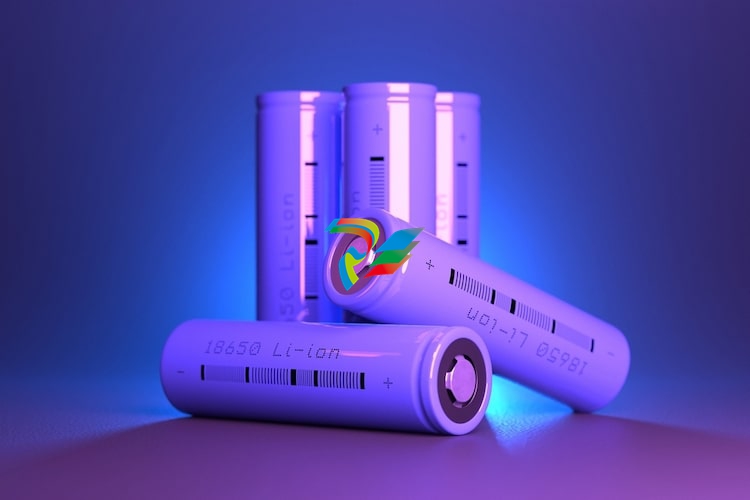
The global market size for lithium-ion batteries is projected to reach $193.13 billion by 2028, but the lithium-ion battery supply chain is plagued with challenges. Lithium-ion battery components, including lithium itself, graphite, cobalt, and copper, are in short supply. China boasts 65% of the world’s lithium processing capacity, and the rapid rise of electric vehicles could see a worrying shortage of raw materials as soon as 2027. This further contributes to the increased demand for alternative battery technologies.
As a result of these ongoing issues, numerous battery alternatives are currently in development, ranging from aqueous magnesium batteries, solid-state batteries, sodium-based batteries, and graphene batteries. The future of solid-state batteries looks particularly promising, with the market size expected to reach $294.1 million by 2027.
As well as addressing supply chain shortages, these batteries may offer a more sustainable and ethical alternative to lithium-ion battery production. Extracting core raw materials like lithium and cobalt requires huge amounts of energy and water and working conditions in the mines are often unsafe.
For example, as much as 70% of the world’s cobalt supply comes from the Democratic Republic of the Congo, where an ever-growing demand for the material has spurred the launch of thousands of mining businesses, in which unsafe working conditions are possible.
Let’s take a closer look at some of these promising battery alternatives:
Aqueous Magnesium Batteries
Aqueous magnesium batteries use water-based electrolytes and magnesium as the anode and offer several advantages over lithium-ion batteries, including that it’s more abundant and less environmentally damaging to extract than lithium. The use of aqueous electrolytes also reduces the risk of fire and explosion compared to traditional lithium-ion batteries.
Solid-State Batteries
Solid-state batteries replace the liquid or gel electrolyte found in conventional batteries with a solid electrolyte. This technology offers several benefits including the potential to store more energy due to their higher energy density, non-flammable make-up for extra safety, and longer life thanks to reduced degradation.
Sodium-Based Batteries
Instead of lithium, sodium-ion batteries use sodium which is more readily available and less expensive. More of these batteries will reduce concerns over supply shortages, and they could be cheaper to produce due to the lower cost of raw materials.
Graphene Batteries
Incorporating graphene, these batteries have a single layer of carbon atoms arranged in a lattice, which offers high electrical conductivity for faster charging times, high durability, and potentially longer lifespans.
4. A Spotlight on Battery Recycling
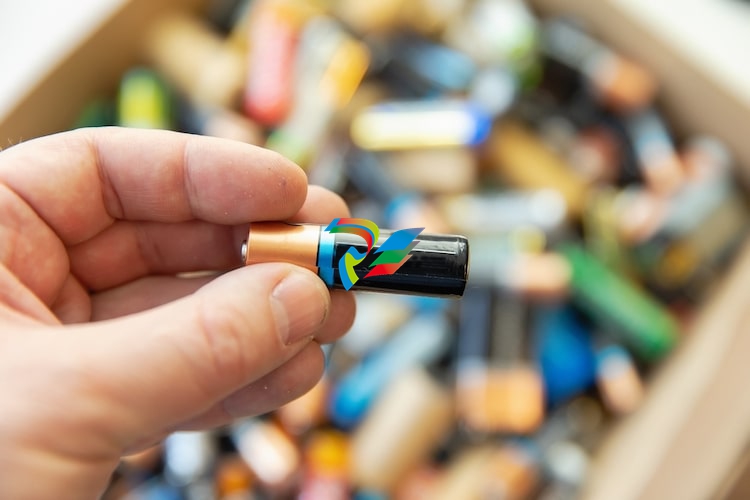
When used to their full capacity, rechargeable batteries can positively impact the environment—the longer they are in use, the longer they are kept out of landfills. Each year, approximately three billion batteries end up in a landfill, a figure that could be drastically reduced if rechargeable batteries became the norm.
Some nations have chosen to impose mandates. In the EU, for example, 45% of used batteries must be collected for recycling, and the union is considering legislation that would require 6% of all new lithium batteries made in the EU to be from recycled material by 2030, increasing to 10% by 2035.
In September 2022, the U.S. passed the Strategic EV Management Act, which seeks to maximize the reuse and recycling of end-of-life EV batteries in federal fleet vehicles. If approved by the House of Representatives, federal agencies will be required to work with the United States Environmental Protection Agency (EPA), manufacturers, and recyclers to develop a strategic plan for reusing and recycling EV batteries.
In addition, the U.S. Department of Energy hopes to allocate $335 million in funding within the infrastructure law for lithium-ion battery recycling. Concerns over raw materials shortages are driving private investments in battery recycling. Li-Cycle plans to open an EV battery recycling plant in Alabama that can process up to 10,000 tonnes (enough for about 20,000 EVs per year), and Ascend Elements has opened its first commercial-scale EV battery recycling facility in Georgia, which also happens to be the largest electric vehicle battery recycling facility in North America.
5. Reduced Battery Costs

Raw material and battery component shortages sent the prices of li-ion batteries soaring in recent years. Indeed, a BloombergNEF survey reported a 7% rise in average pack prices in 2022 due to the shortages, the first increase since the survey began in 2010. This has sparked concern for automakers, as the high costs associated with battery replacement are already considered a top barrier to widespread EV adoption. Nonetheless, the global battery market is worth an impressive $113.5 billion in 2024 and is expected to continue growing.
At present, EV battery packs typically range in cost from $10,000-$12,000, but with manufacturers rushing to develop viable alternatives, this looks set to change in the coming years. Sodium-ion or lithium-sulfur batteries, for example, could be up to two-thirds cheaper than lithium-ion batteries.
Battery Demand and Market Trends—Summary

It’s clear that the global battery industry continues to evolve rapidly, and is driven by strict safety measures, miniaturization, alternative technologies, recycling initiatives, and cost reduction plans. The lithium-ion battery market, in particular, could face a lithium shortage as soon as 2025. Regardless of the changes and adaptations the sector makes, it’s evident that the battery market continues to grow with no indication of slowing down in the coming years.
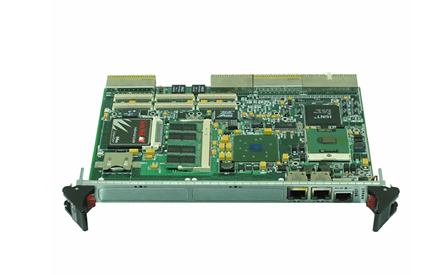
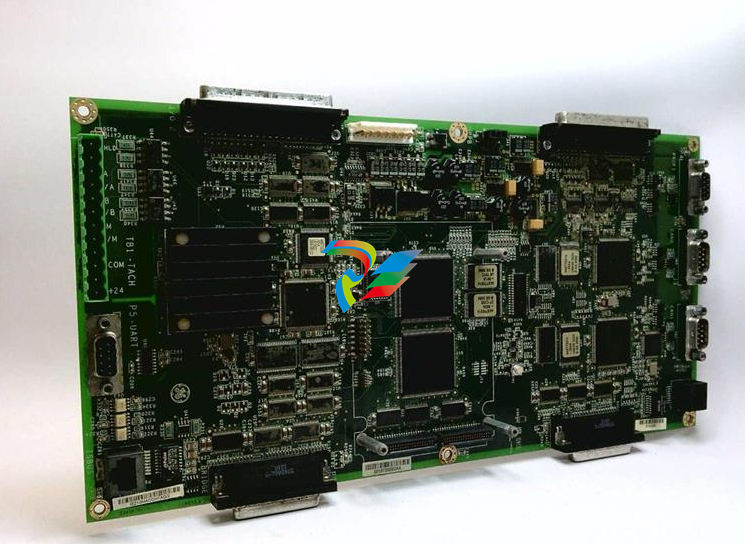


.jpg)

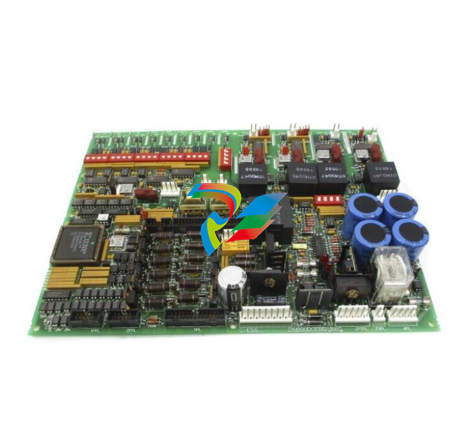

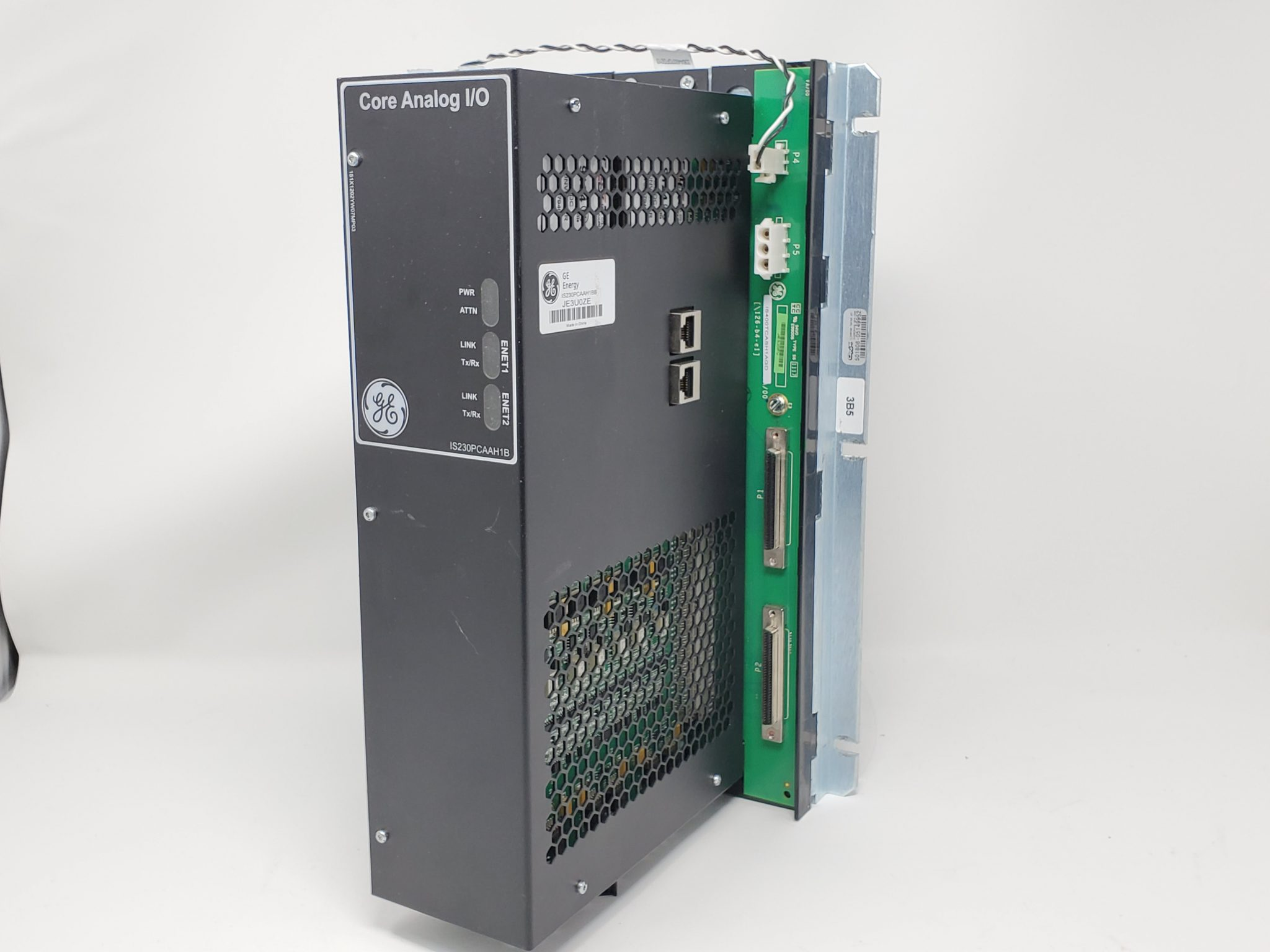

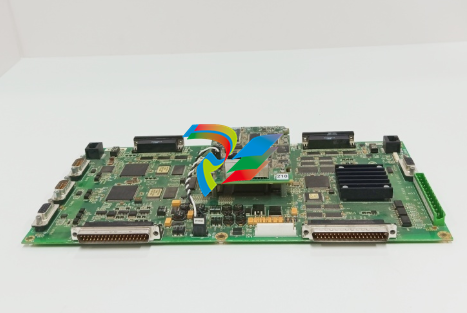
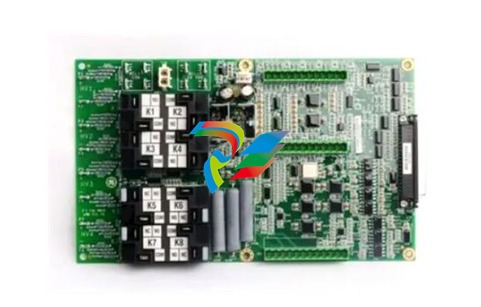
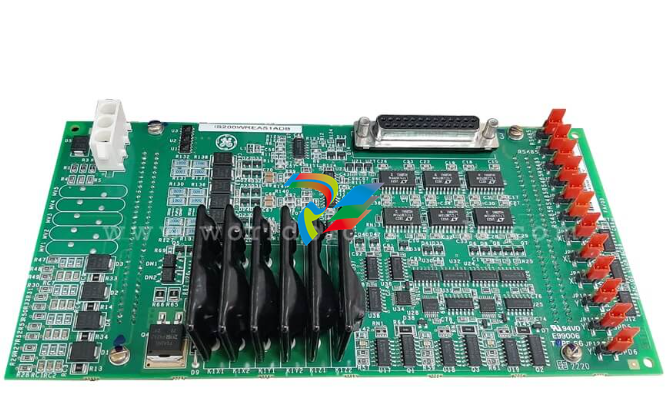
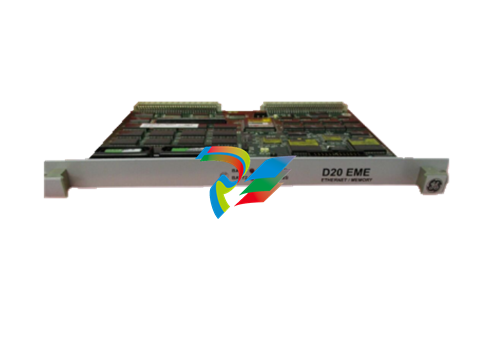
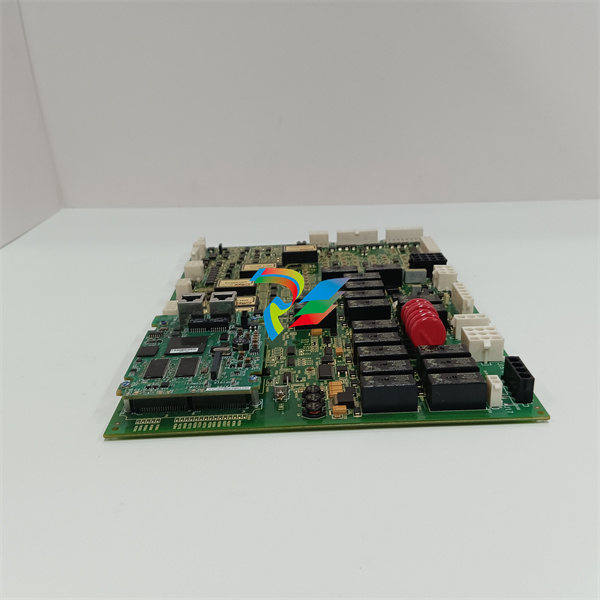
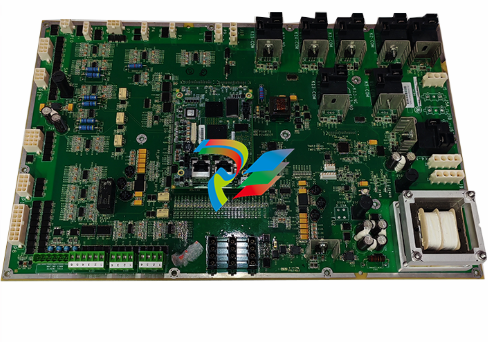
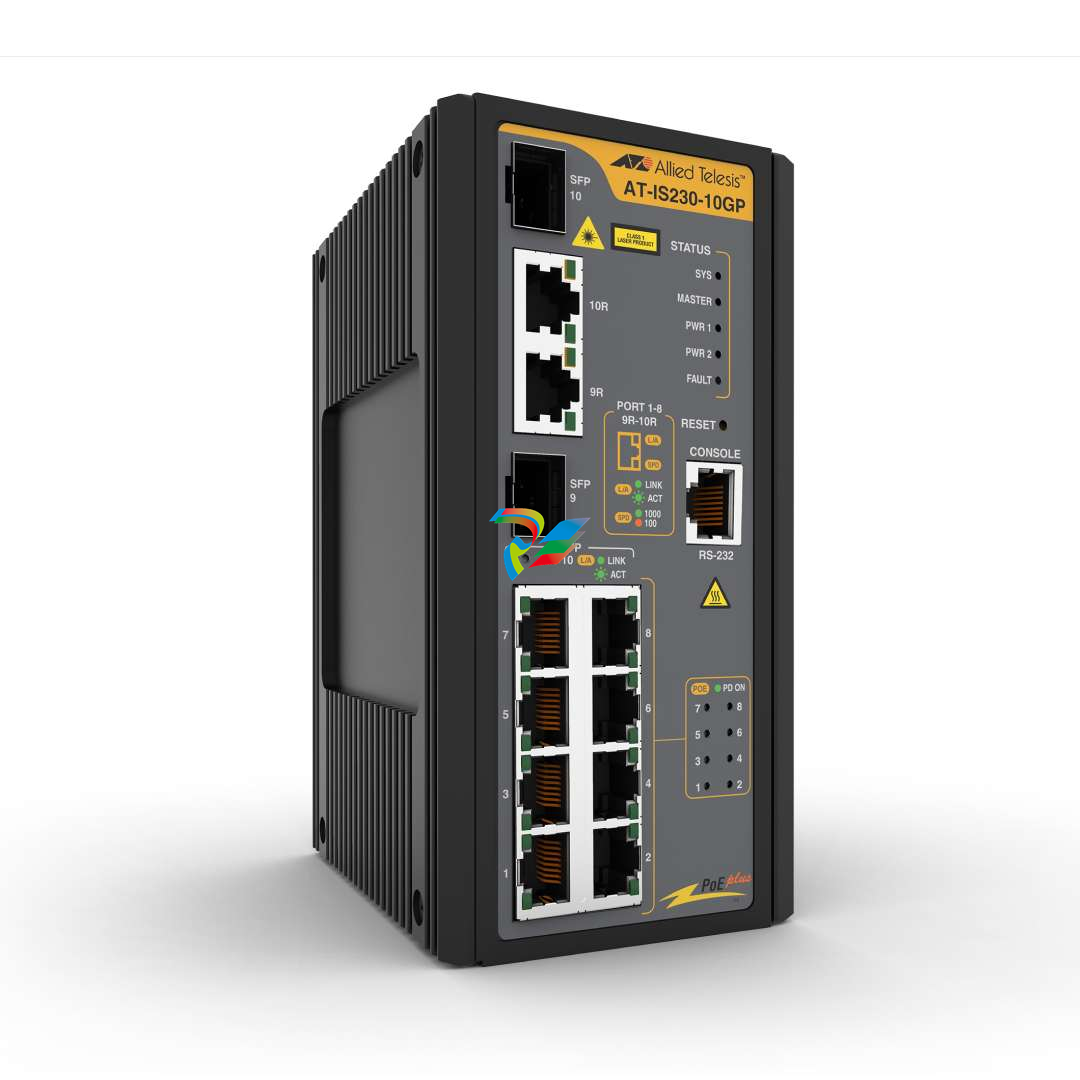
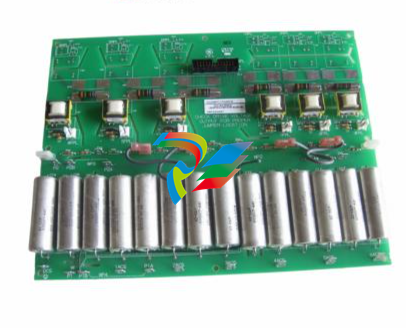

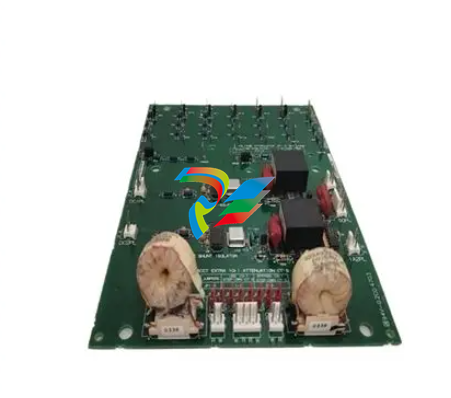

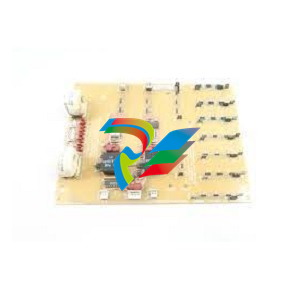

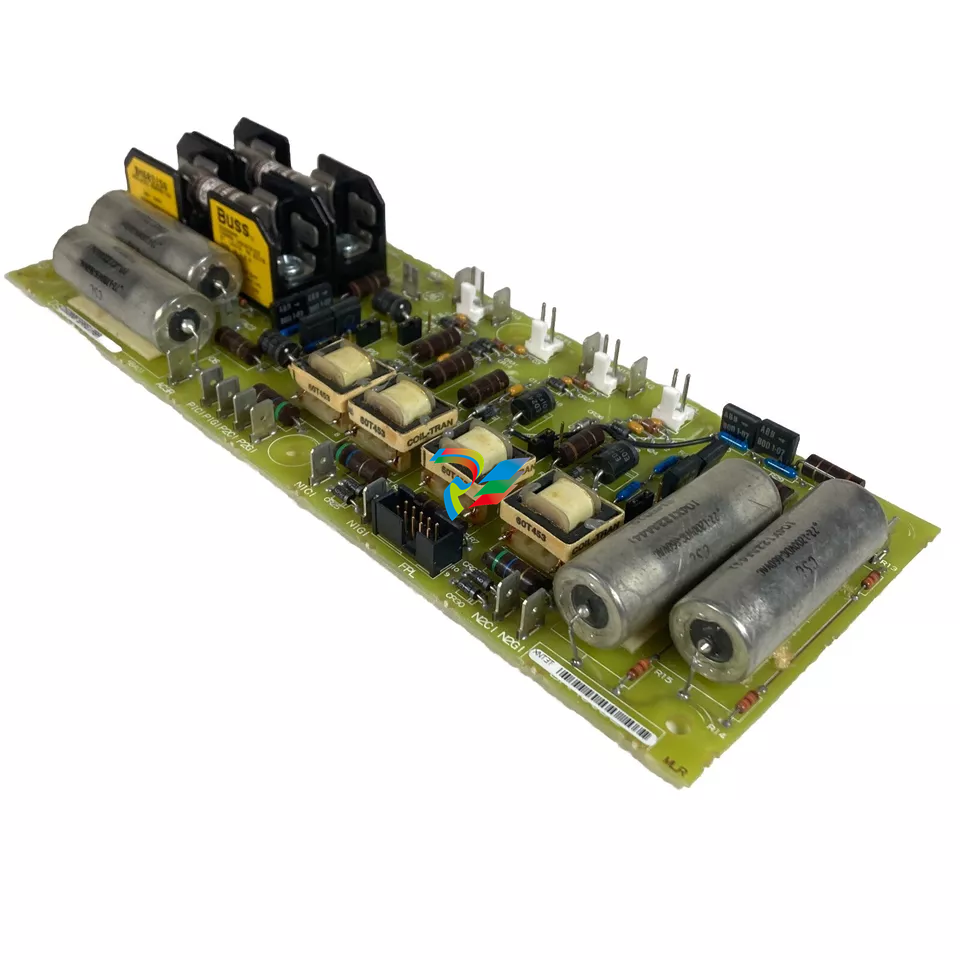
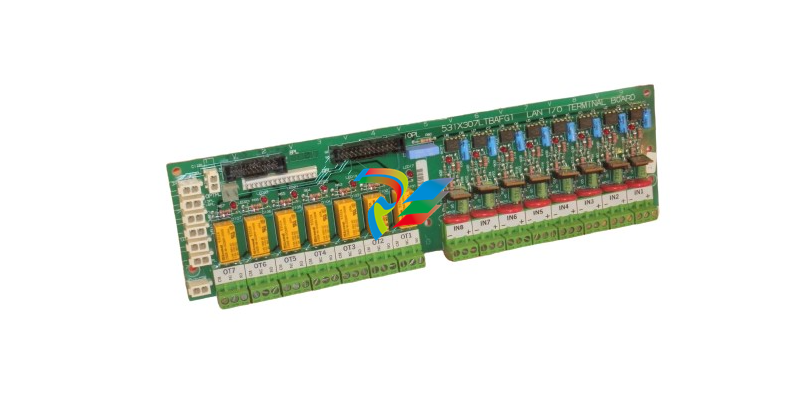



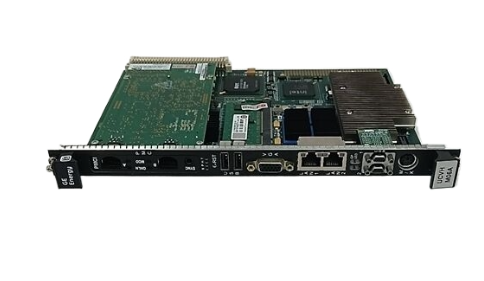
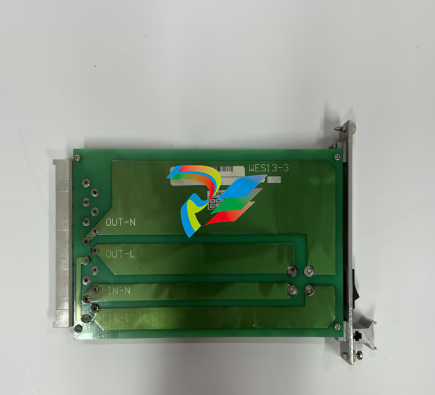

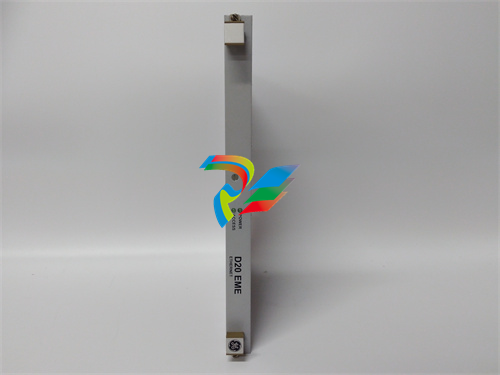
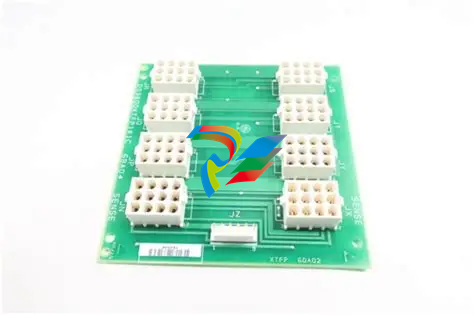







































.jpg)
.jpg)





.jpg)



.png)
.jpg)

.jpg)
_lVjBYb.jpg)

.jpg)
.jpg)



.jpg)
.jpg)







.jpg)

.jpg)
.jpg)








